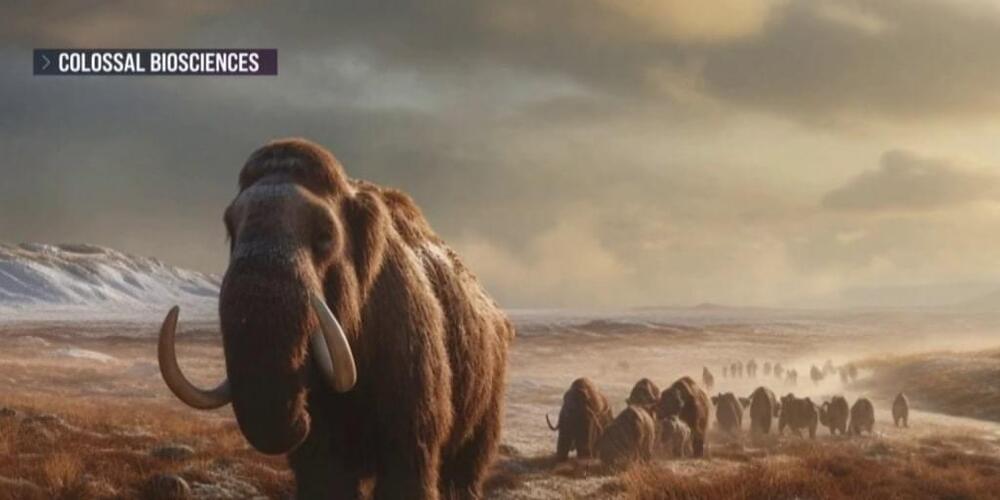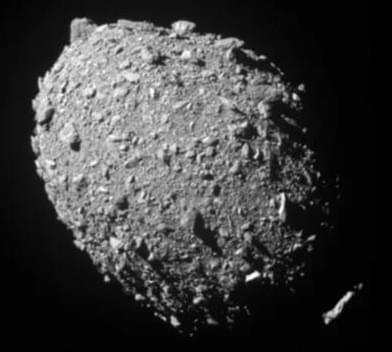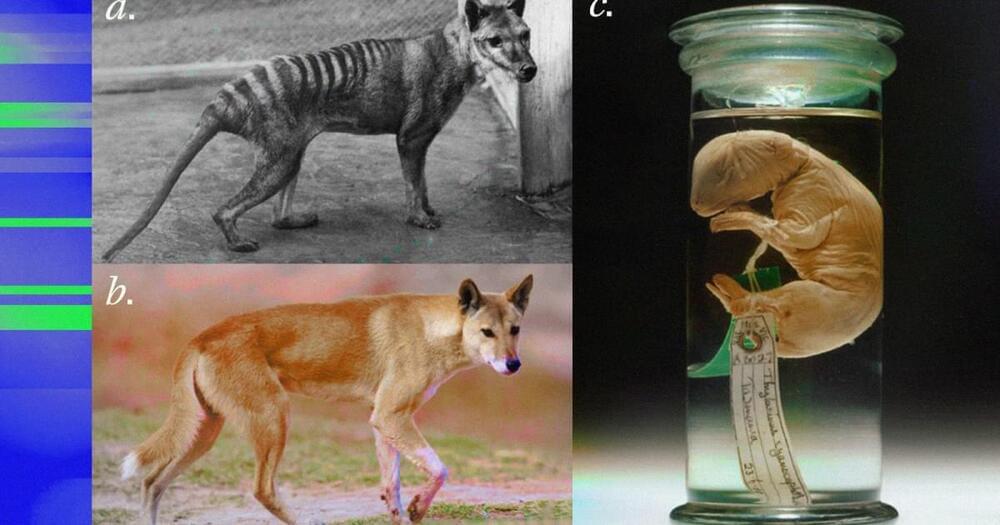An exploration of the interdict scenario solution to the Fermi paradox. My Patreon Page: https://www.patreon.com/johnmichaelgodierMy Event Horizon Channel: htt…
Category: existential risks – Page 26
Fermi Paradox: Alien Life and The Phosphorus Conveyor Problem
An exploration of an extension of the Phosphorus Problem solution to the Fermi Paradox. It’s far worse of a problem than we thought.
My Patreon Page:
/ johnmichaelgodier.
My Event Horizon Channel:
/ eventhorizonshow.
Links:
The Anti-Magnetic Mass Extinction
An exploration of the strange mineral bridgmanite, and how it could eventually shut down earth’s magnetosphere in the far future and cause the greatest mass extinction earth has ever known.
My Patreon Page:
/ johnmichaelgodier.
My Event Horizon Channel:
/ eventhorizonshow.
Links:

Alien Life and the Myelin Sheath Solution to the Fermi Paradox
An exploration of a new solution to the Fermi Paradox involving retroviruses and the very intricate needs to evolving the myelin sheath of nerve axons that allow for intelligent life.
My Patreon Page:
/ johnmichaelgodier.
My Event Horizon Channel:
/ eventhorizonshow.
Papers:
The Fermi Paradox: Rare Complexity
Use code isaacarthur at the link below to get an exclusive 60% off an annual Incogni plan: https://incogni.com/isaacarthur.
Life is incredibly complicated, but for most of Earth’s history it was much simpler. Is it possible the Universe is full of planets with very simple life, and complex organisms are rare?
Visit our Website: http://www.isaacarthur.net.
Join Nebula: https://go.nebula.tv/isaacarthur.
Support us on Patreon: / isaacarthur.
Support us on Subscribestar: https://www.subscribestar.com/isaac-a…
Facebook Group: / 1583992725237264
Reddit: / isaacarthur.
Twitter: / isaac_a_arthur on Twitter and RT our future content.
SFIA Discord Server: / discord.
Credits:
The Fermi Paradox: Rare Complexity.
Episode 439; March 21, 2024
Produced, Written \& Narrated by: Isaac Arthur.
Editor: Darius Said.
Music Courtesy of.
Epidemic Sound http://epidemicsound.com/creator.
Lombus, \

DART Impact: Reshaping Dimorphos and Redefining Asteroid Dynamics
Dr. Shantanu Naidu: “When DART made impact, things got very interesting…the entire shape of the asteroid has changed, from a relatively symmetrical object to a ‘triaxial ellipsoid’ – something more like an oblong watermelon.”
On November 24, 2021, NASA launched the Double Asteroid Redirection Test (DART) mission with the goal of demonstrating that deflecting an incoming asteroid could prevent it from striking Earth by striking the asteroid itself. Just over nine months later, on September 26, 2022, this demonstration was successfully carried out as DART acted as a kinetic impactor and intentionally struck the Dimporphos asteroid, which measures 560 feet (170 meters) in diameter.
But while the impact successfully altered Dimorphos’ orbit around the binary near-Earth asteroid, Didymos, could it have altered other aspects of Dimorphos, as well? This is what a recent study published in The Planetary Science Journal hopes to address as a team of international researchers led by the NASA Jet Propulsion Laboratory (JPL) discovered the impact also altered the shape of Dimporphos.

CRISPR is helping “de-extinct” the Tasmanian tiger
Extinction is a regular part of nature. An estimated 99% of all species that have existed on Earth have gone the way of the dodo, sometimes because a fitter competitor came along or their environment changed (often because of humans) and they couldn’t adapt.
While life can go on relatively unchanged after the extinction of some species, the loss of a keystone species — one that plays a significant role in its environment — can upend an ecosystem.
Now, researchers exploring the idea of “de-extinction” believe that science might be able to intervene and restore the balance.
‘Zero chance’ infamous Apophis collides with another asteroid, redirects to Earth
When it was first discovered in 2004, Apophis was identified as one of the most dangerous asteroids in that there was a risk that it could impact Earth. But that impact assessment changed over the years after astronomers tracked Apophis, also known as asteroid 99,942, and its orbit became better determined, and it became clear that it was on course to miss our planet.
The Fermi Paradox: Imprisoned Planets
Getting into space is difficult, but it may be that other worlds have even harder times at it than we do, imprisoned by orbital debris, high gravity, or even being quarantined by alien civilizations.
Start building your ideal daily routine! The first 100 people who click on the link will get 25% OFF Fabulous Premium: http://thefab.co/isaac.
Visit our Website: http://www.isaacarthur.net.
Join Nebula: https://go.nebula.tv/isaacarthur.
Support us on Patreon: / isaacarthur.
Support us on Subscribestar: https://www.subscribestar.com/isaac-a…
Facebook Group: / 1583992725237264
Reddit: / isaacarthur.
Twitter: / isaac_a_arthur on Twitter and RT our future content.
SFIA Discord Server: / discord.
Listen or Download the audio of this episode from Soundcloud: Episode’s Audio-only version: / the-fermi-paradox-imprisoned-planets.
Episode’s Narration-only version: / the-fermi-paradox-imprisoned-planets-narra…
Credits:
The Fermi Paradox: Imprisoned Planets.
Science \& Futurism with Isaac Arthur.
Episode 329a, February 13, 2022
Written, Produced \& Narrated by Isaac Arthur.
Cover Art:
Jakub Grygier https://www.artstation.com/jakub_grygier.
Graphics: